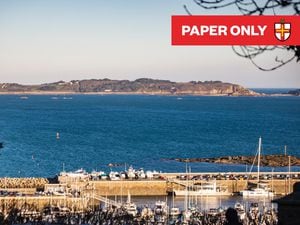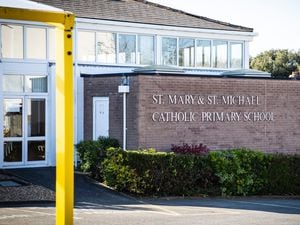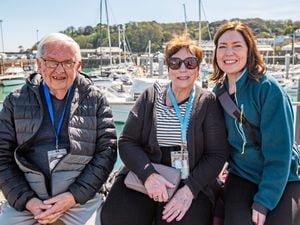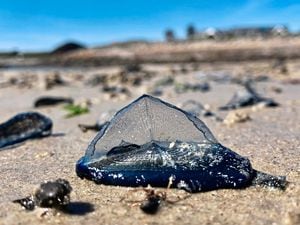Permanent UK memorial to men of Charybdis, Limbourne
A PERMANENT memorial to those lost and those who survived the sinking of HMS Charybdis and HMS Limbourne during the Second World War has been erected at the National Memorial Arboretum.
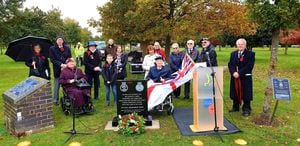
The HMS Charybdis and HMS Limbourne Association marked the 77th anniversary of the loss on 23 October at the 150-acre site on the edge of the National Forest in Staffordshire with a service and its unveiling.
Dedicated to the 502 service personnel who lost their lives during Operation Tunnel, when their ships were attacked off the coast of Brittany, this new memorial joins more than 390 other tributes.
During the service a wreath was laid by Roger Roberts, a survivor of HMS Charybdis.
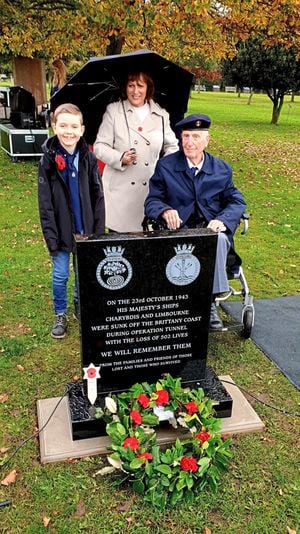
Association chairman Colin Hickling said the idea of a permanent memorial stone to remember those lost had been brought up at their final annual general meeting.
‘To have a permanent memorial at a location where millions are remembered is very humbling,’ he said.
‘For me to have lost my uncle on HMS Charybdis, even though I never knew him, and to see a permanent memorial is very moving.’
He added that any remaining funds would be used to pay for a wreath to be laid at the annual local ceremony at Le Foulon for the next few years.
All there who were family members of survivors and lost were equally touched by the service, including Andrew Lake, who is the grandson-in-law of the late Neil Wood, a survivor from HMS Limbourne.
He provided the pictures, while his son, Callum, the youngest member of the association, also attended.
Both said they were very proud to be there.
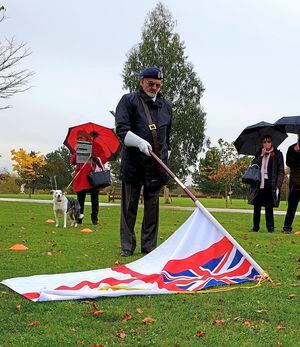
Unfortunately, no representative from Guernsey could attend due to Covid, however, on behalf of the Guernsey Association of Royal Navy, Royal Marines & Merchant Navy, Chris Welsby said they would always remember.
‘It was wonderful to see the unveiling of the new memorial stone at the National Arboretum and to see our old friends attending the service, including Roger Roberts, one of the last three remaining survivors,’ he said.
‘We were fortunate enough this year to be able to hold our own service of remembrance at the Foulon cemetery, which is held on the last Sunday in September, where 21 crew of HMS Charybdis are buried.
‘This was the first year in the history of the remembrance service that nobody from the off-island Charybdis and Limbourne Association was able to attend, due to the Covid travel restrictions.
‘Irrespective of travel restrictions, or whatever the world may throw at us, we will remember them.’
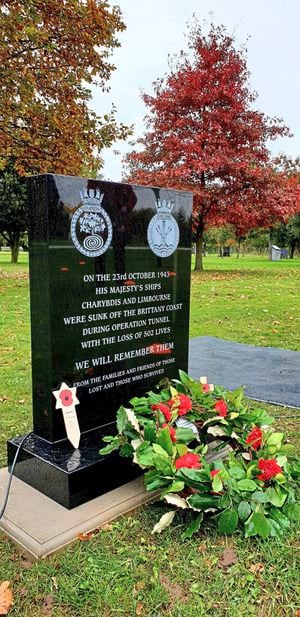
Guernsey's involvement
The attack on the British ships in 1943 by torpedo boats led to the bodies of 21 of those who died being washed up on the beaches of Guernsey.
The German authorities, who occupied the island at the time, allowed them to be interred with full military honours and 5,000 islanders gathered at what was meant to be a low-key event.
It was seen as an act of defiance and saw the Germans ban people from attending the funerals of 29 more victims whose bodies subsequently washed up.
A total of 107 men from the crew of Charybdis were rescued, but more than 460 lost their lives. A further 40 crew of Limbourne were also lost.

